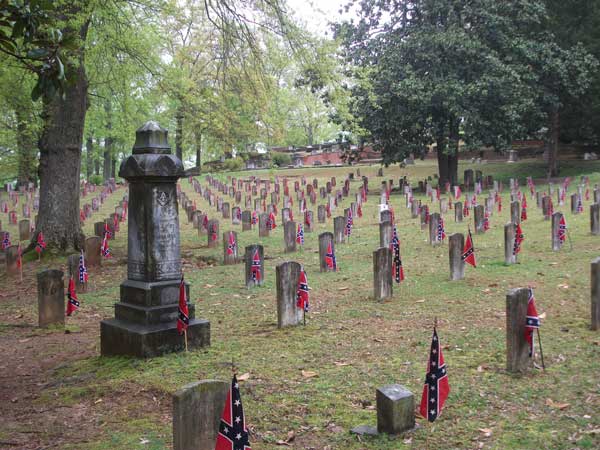
Then Lytle asked: Who are the dead?Over the decades since its first publication in 1927 Allen Tate’s “Ode to the Confederate Dead” has probably received more critical and popular attention than any of his other poems.[i] Tate himself alludes to some of it in his own commentary on the work in “Narcissus as Narcissus.”[ii] One critical approach, which Tate calls the “genetic,” asks where the poem comes from. Similarly, a curious type of psychological approach sees the poet as compensating somehow in his poetry for his less-than-adequate life. One such interpretation argues that Tate saw himself as a Confederate general but, lacking the means to be one, sought to “invent fictions about the personal ambitions that my society has no use for” (“Narcissus,” EFD, 594). On a more sober plain, there are critiques that treat various aspects of his poetry, such as its classical allusions—which are vital to this “Ode”—Tate’s sense of irony, his imagery, historicism, and so on.
Who are the living and the dead?
Allen Tate, “The Oath”
More @ The Abbeville Institute

No comments:
Post a Comment